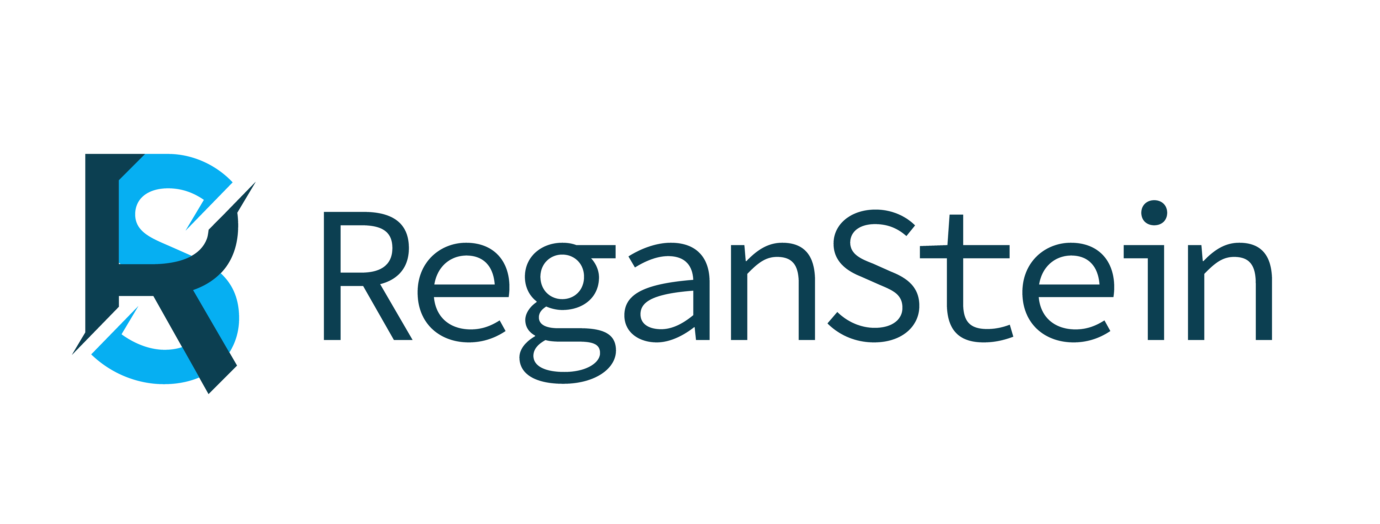-
Being Reactive Instead of Proactive
The “if it isn’t broken, don’t fix it“ philosophy prevents managers from looking forward to anticipate what’s coming down the line. In the current environment of uncertainty, especially in relation to Brexit, companies need to be actively looking forward and proactively planning.
Adopting the following strategies may help prepare for those unforeseen circumstances:
- Building in redundancy to help systems respond to unanticipated events.
- Establishing continual engagement along the supply chain to identify innovative methods for improving processes.
- Developing evolving goals to keep up with ever-advancing technology, best practices and operations. Rather than relying on hindsight to fix what went wrong, a supply chain leader establishes systems that can anticipate real-world complexity.
-
Lack of Visibility
The lack of visibility — the ability to track parts or products from the manufacturer to their final destination — is a supply chain weakness with massive consequences. A survey conducted by JDA, Microsoft and Incisiv, published in January 2019, shows
that 78% of C-level executives lack real-time visibility across their supply chain.
While most supply chain managers admit lack of visibility is a problem, the survey indicates they are not taking the required
initiatives to remedy the situation. Steps that should be taken include:
- Adopting AI and other technologies to unlock analytic value from data and information accrued across the supply chain.
- Identifying the main pain points along the supply chain. Once you have determined primary visibility weaknesses, implement the processes, upgrades, add-ons or technologies that will provide the best return on investment.
-
Lack of Accountability
By definition, accountability means being held responsible for a necessary task. Too often, companies do not make anyone accountable for supply chain disruptions, which hinder reaction time to address the problem.
Particular areas to focus on include:
- Involving key players like suppliers, logistics providers and even insurance providers in developing procedures
and responses that will give the account manager the necessary tools to effectively handle any disruption. - Clearly stated action plans.
- Looking beyond traditional disruptions such as communication disruptions and geopolitical upheaval.
If you need assistance with your supply chain or any other business needs contact us today.
